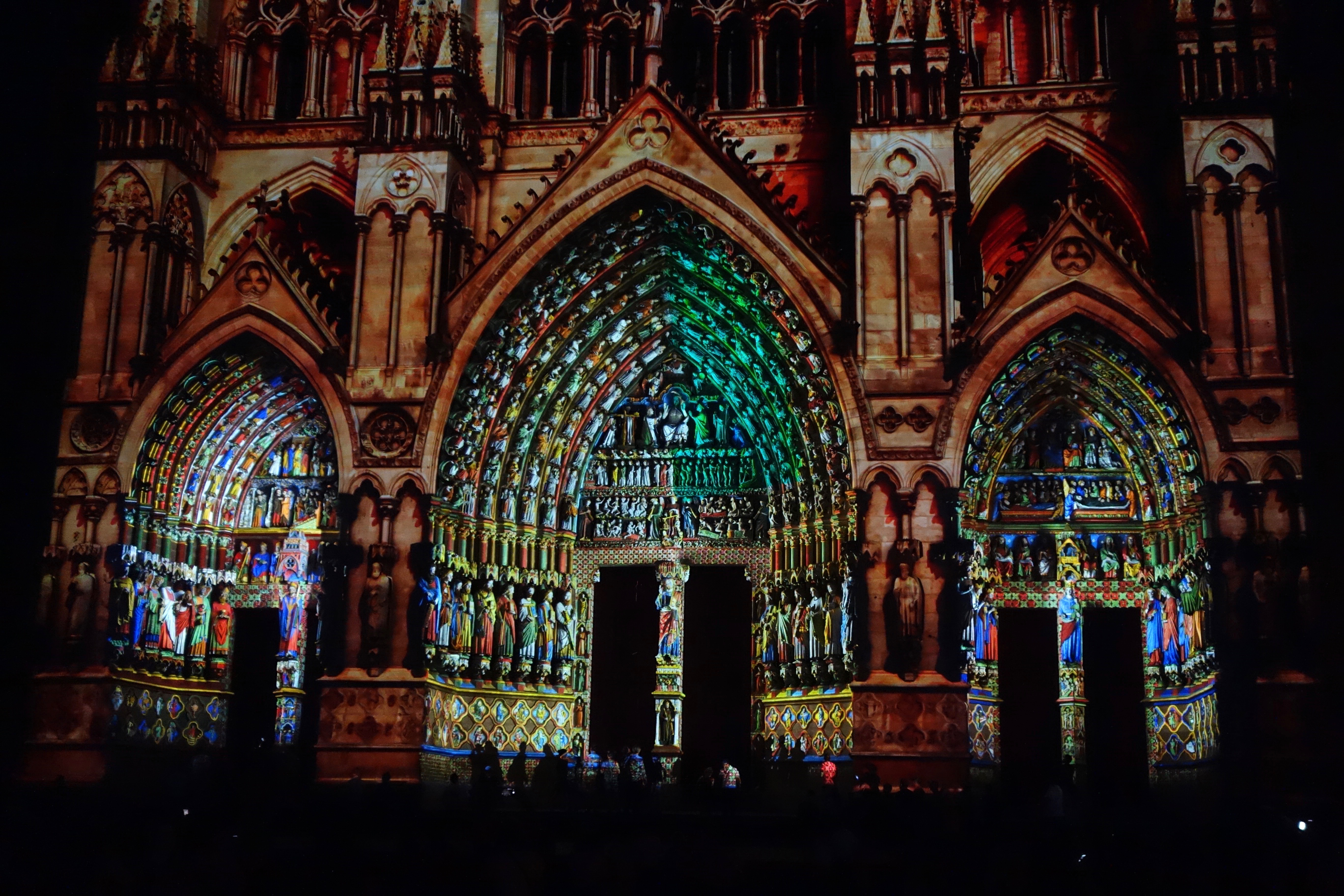What’s guaranteed to distract you?
I confess that writing this blog post right now is distracting me from an otherwise engrossing translation project. But I can’t sit writing at the kitchen table all my life. Sometimes I have to get out and get down to the seaside to refuel. And there I’m distracted by small things on the sand.
Strolling along a beach, heading for a rocky outcrop, I’m easily sidetracked by what lies in the drift-line. Mostly it’s broken shells, seaweed, stones, twigs and branches washed up by the high tide. But occasionally something catches my eye from a distance and I leave the water’s edge and head over to take a closer look.
It could be a lost thing. Like a coloured water-ski rope. Somewhere in the Pacific, a water-skier is asking “where did that rope go?” Well, if you’re looking for it, it’s on the beach at Guerilla Bay.
 It could be two lost things. Like shoes. Somewhere along the south-east coast of New South Wales, a young girl is asking “where are my new runners?” Well, they’re on the mud flats of the Clyde River in Batemans Bay. Did they wash off the side of a boat?
It could be two lost things. Like shoes. Somewhere along the south-east coast of New South Wales, a young girl is asking “where are my new runners?” Well, they’re on the mud flats of the Clyde River in Batemans Bay. Did they wash off the side of a boat?  It could be a heart. Did someone lose their heart on the beach at Guerilla Bay? Because, well, I found one. Is it yours?
It could be a heart. Did someone lose their heart on the beach at Guerilla Bay? Because, well, I found one. Is it yours? The WordPress people have asked this week for photos of our distractions.
The WordPress people have asked this week for photos of our distractions.
But enough of this blogging distraction. Back to the project.
*****




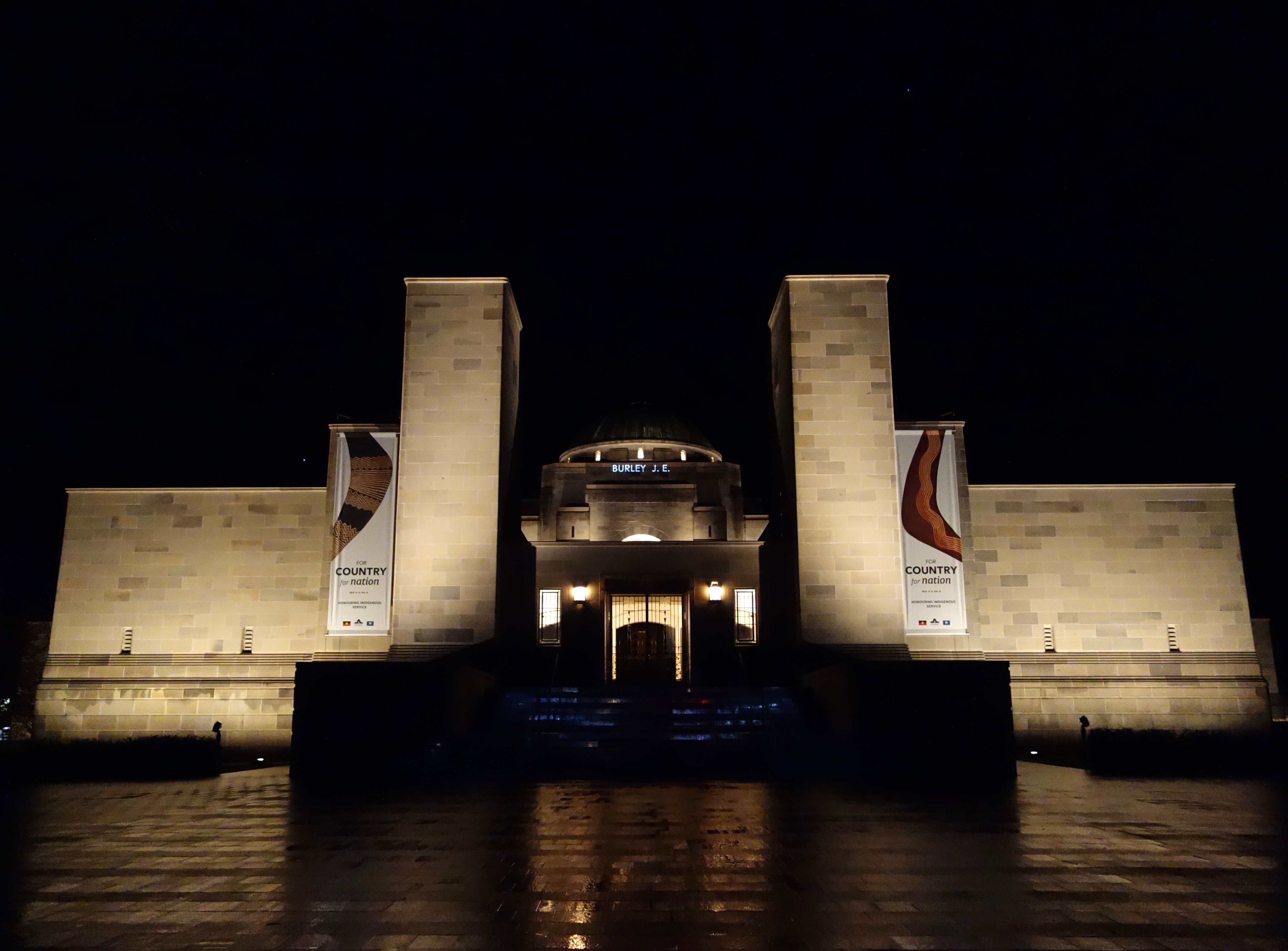


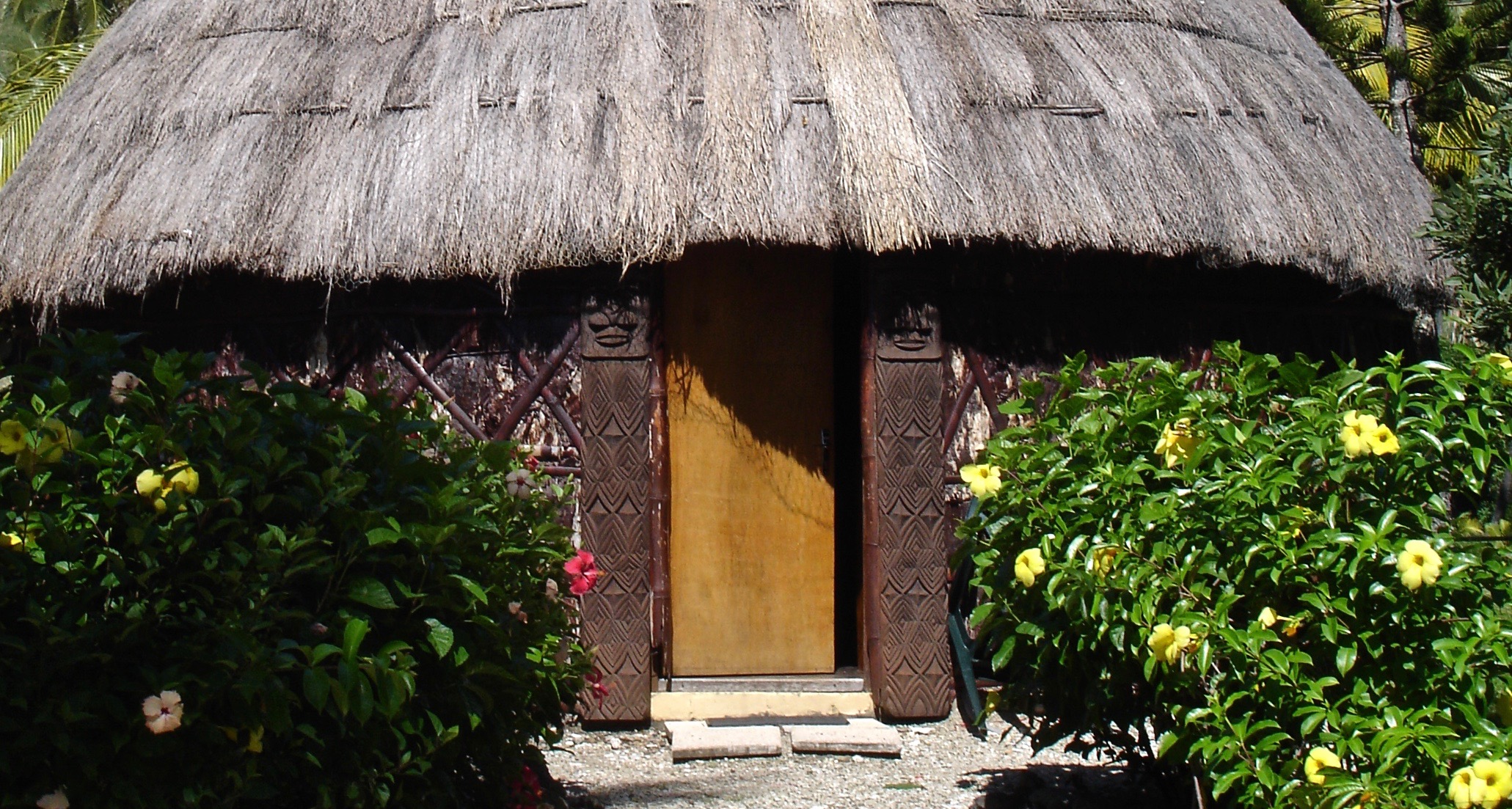
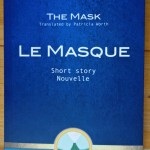
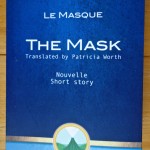

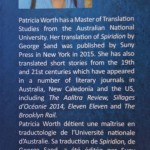
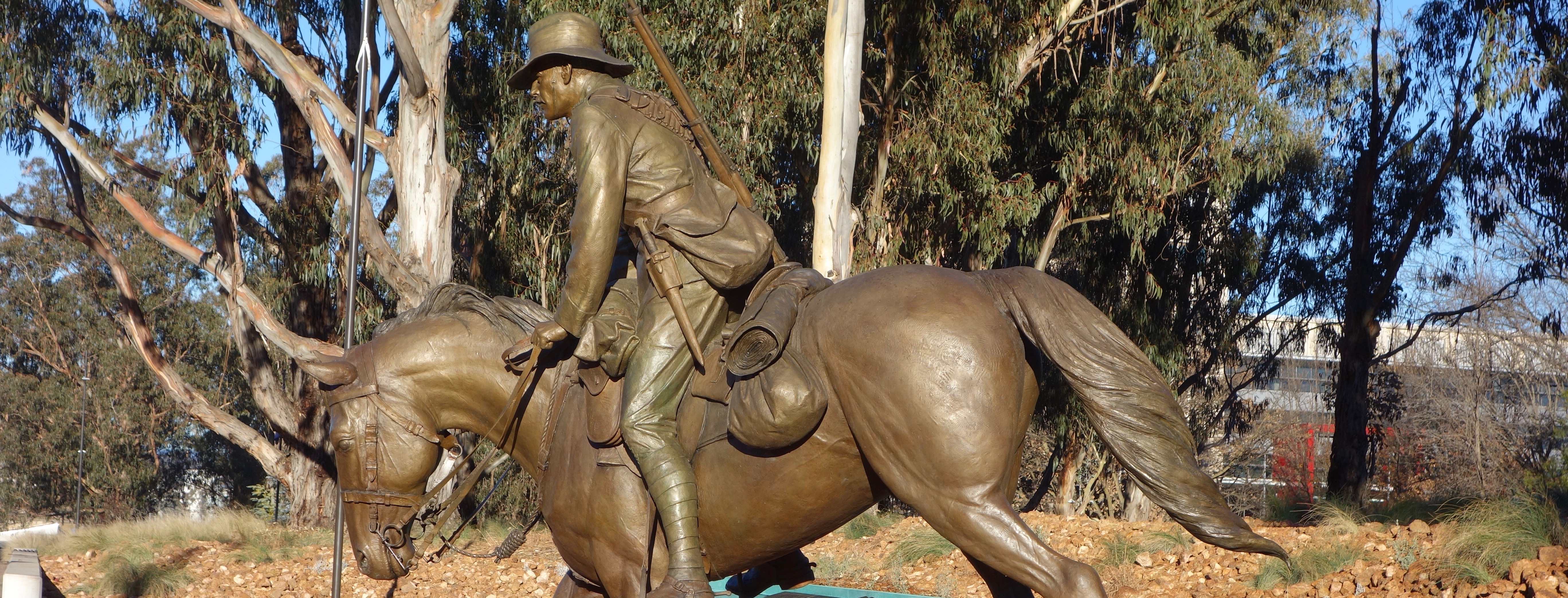


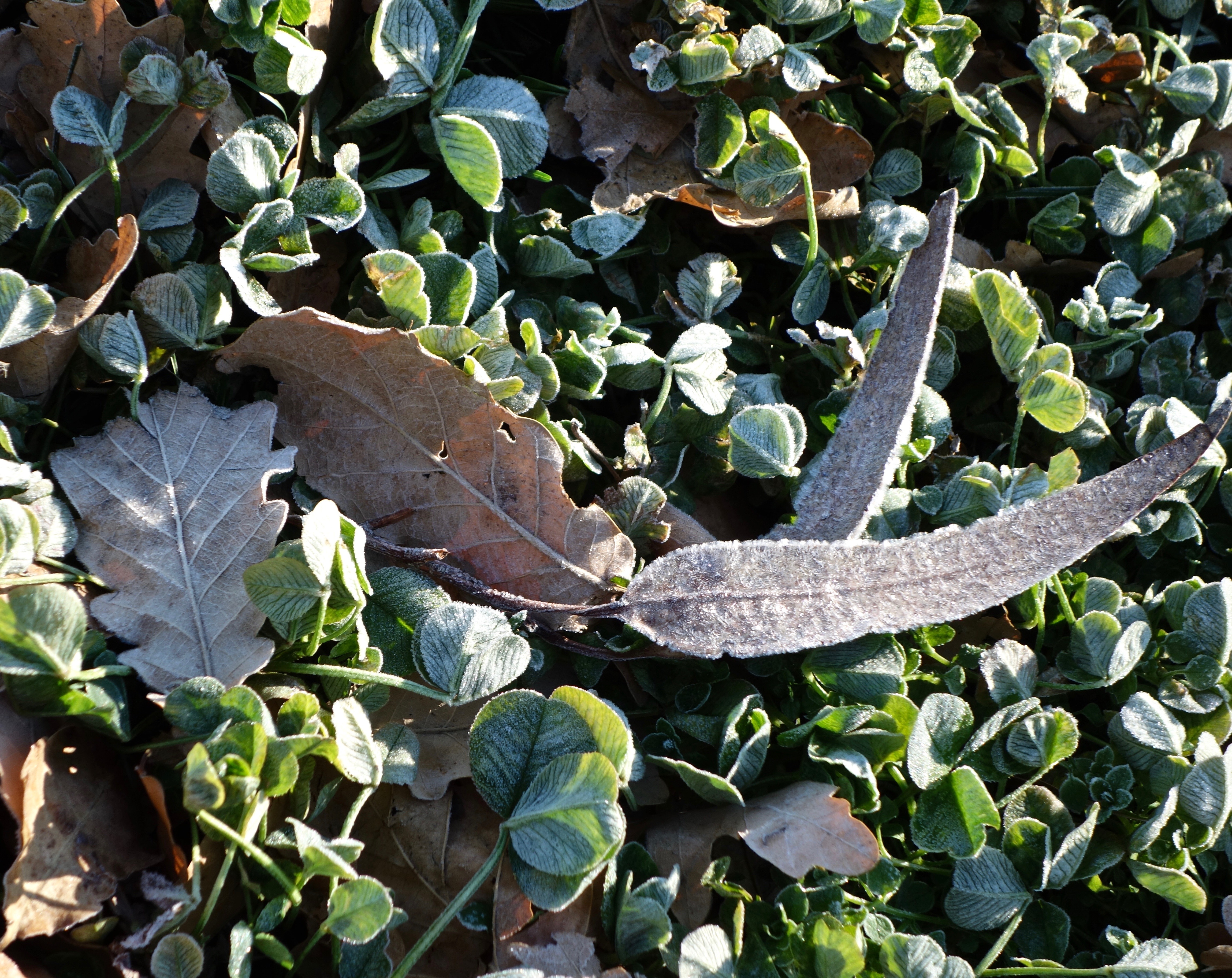
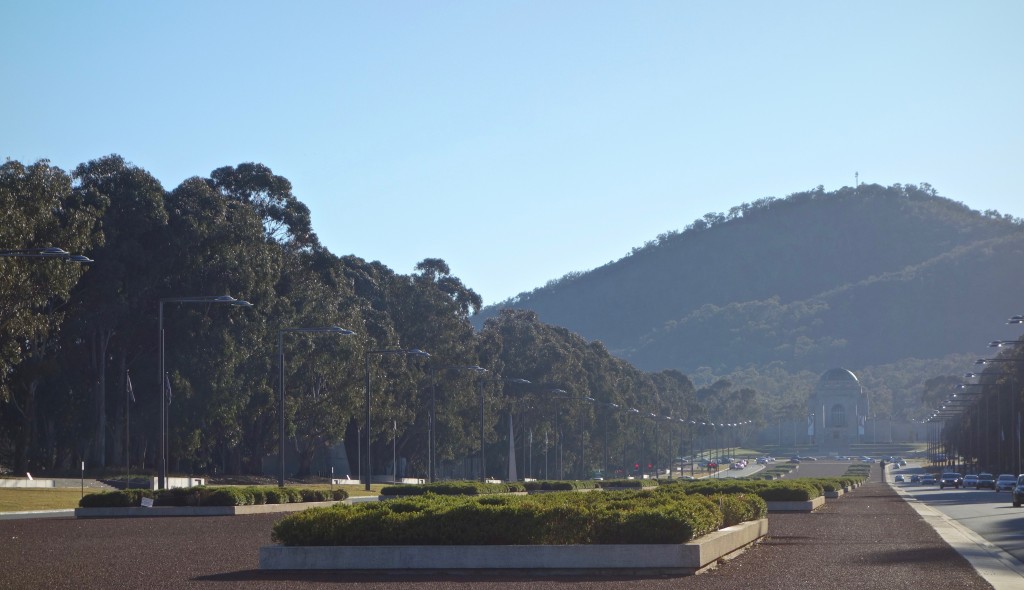
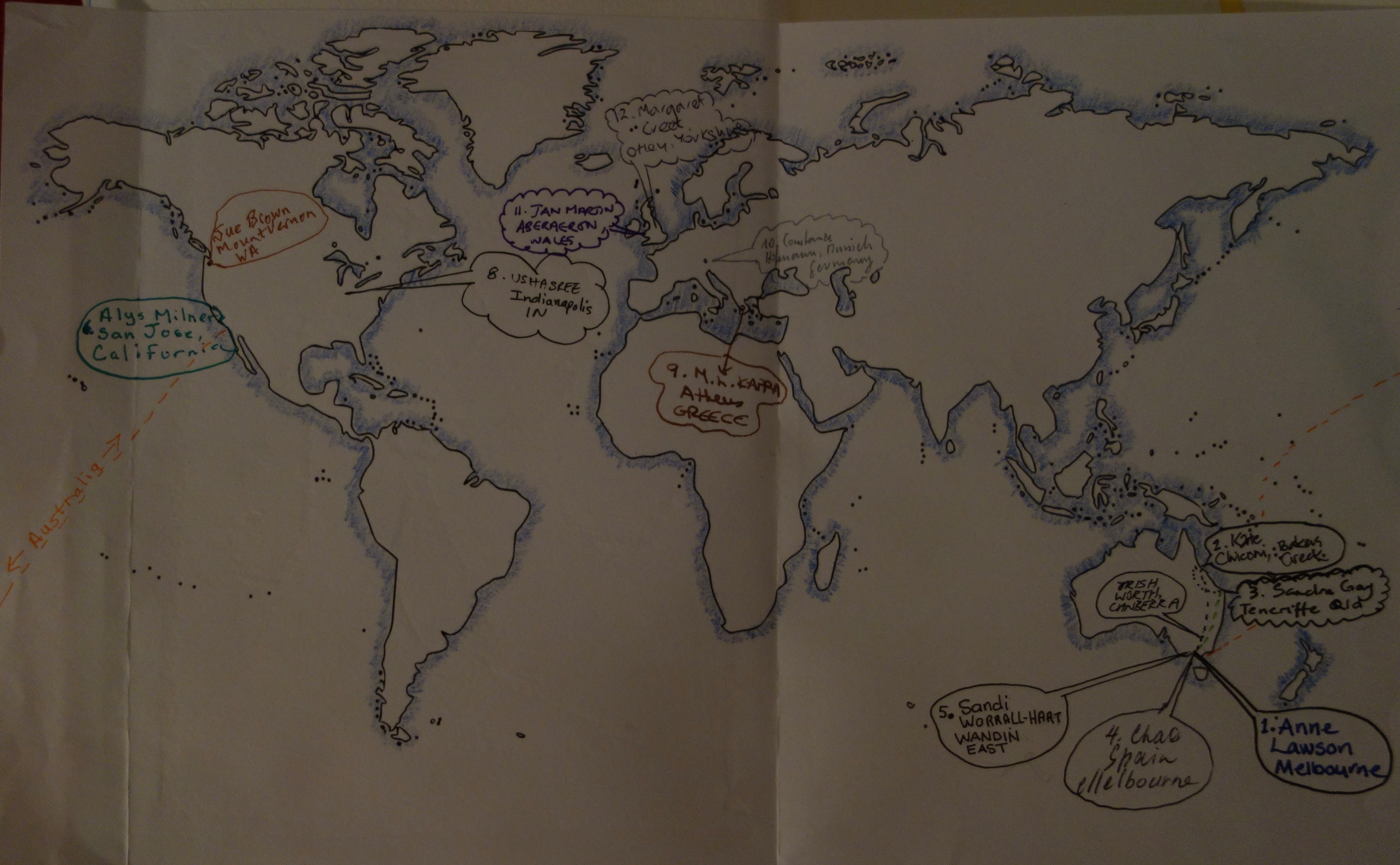
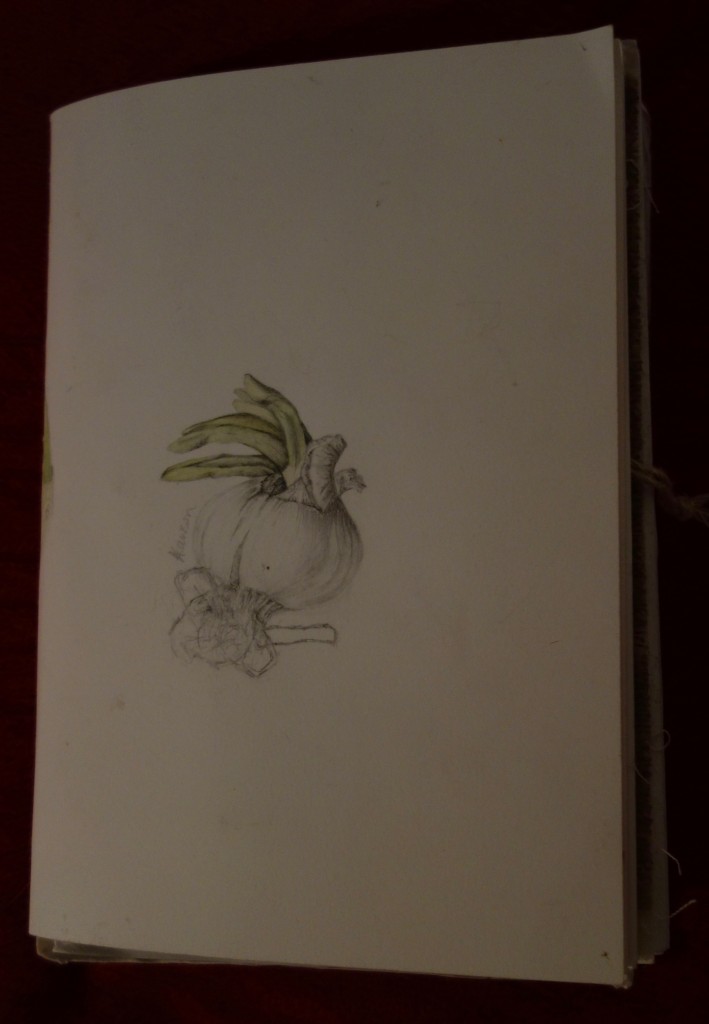
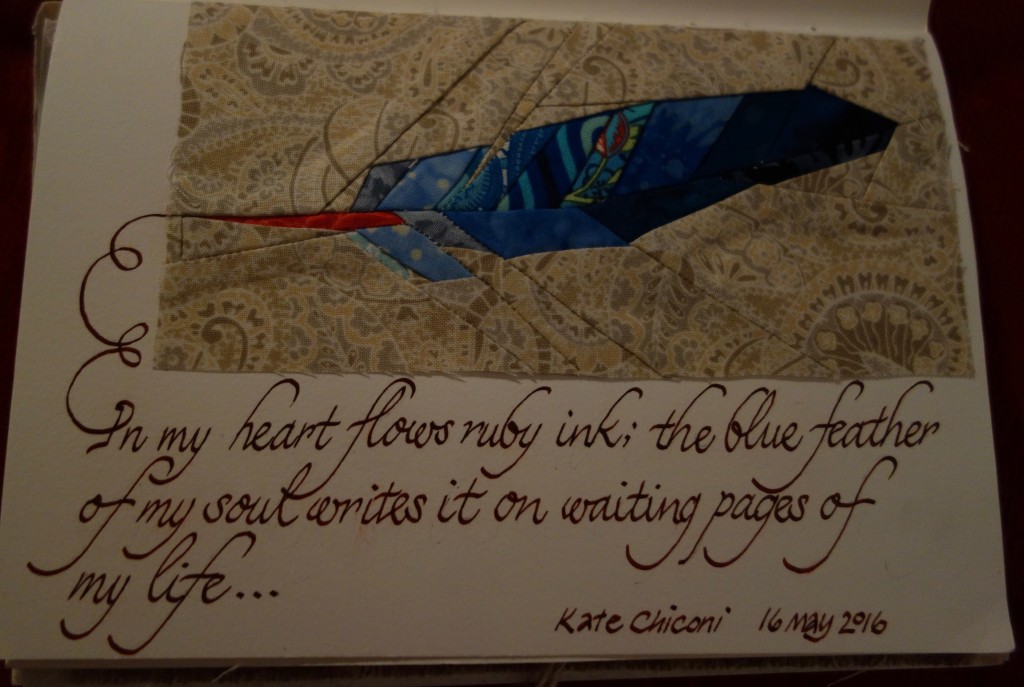
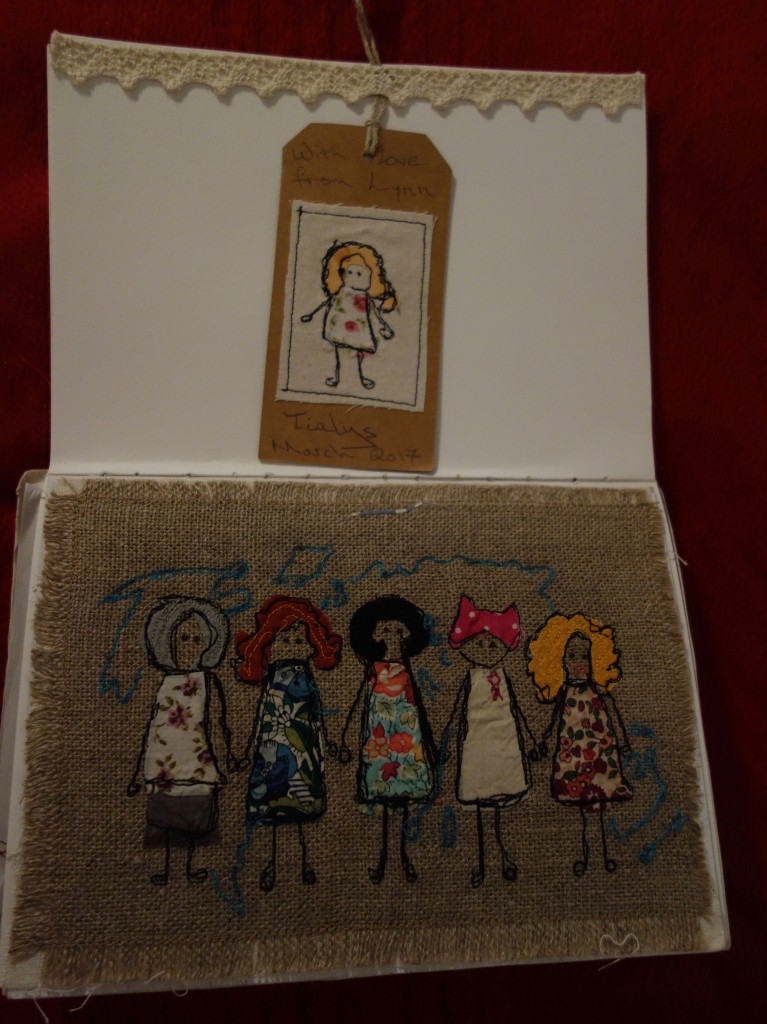
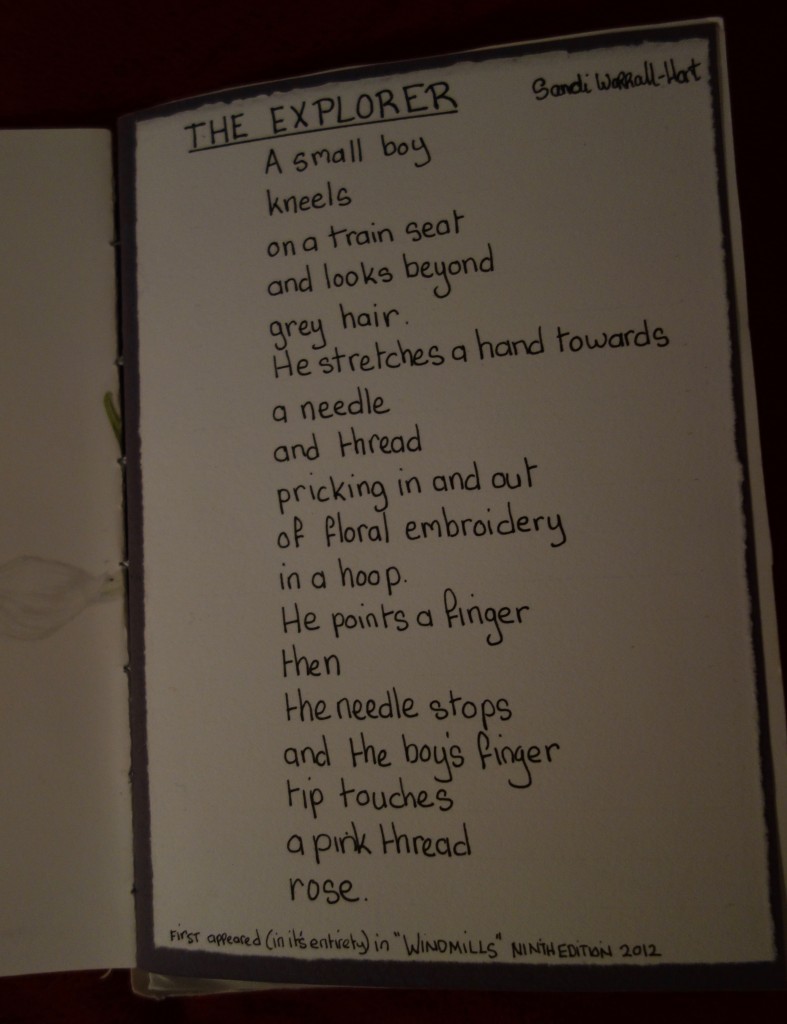
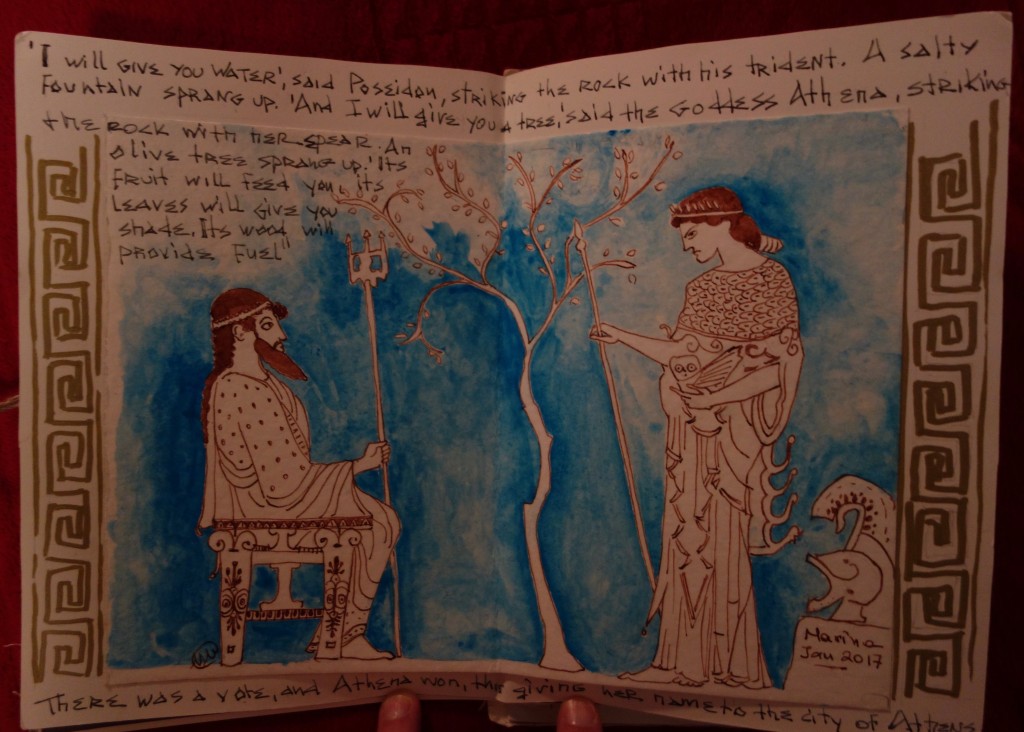
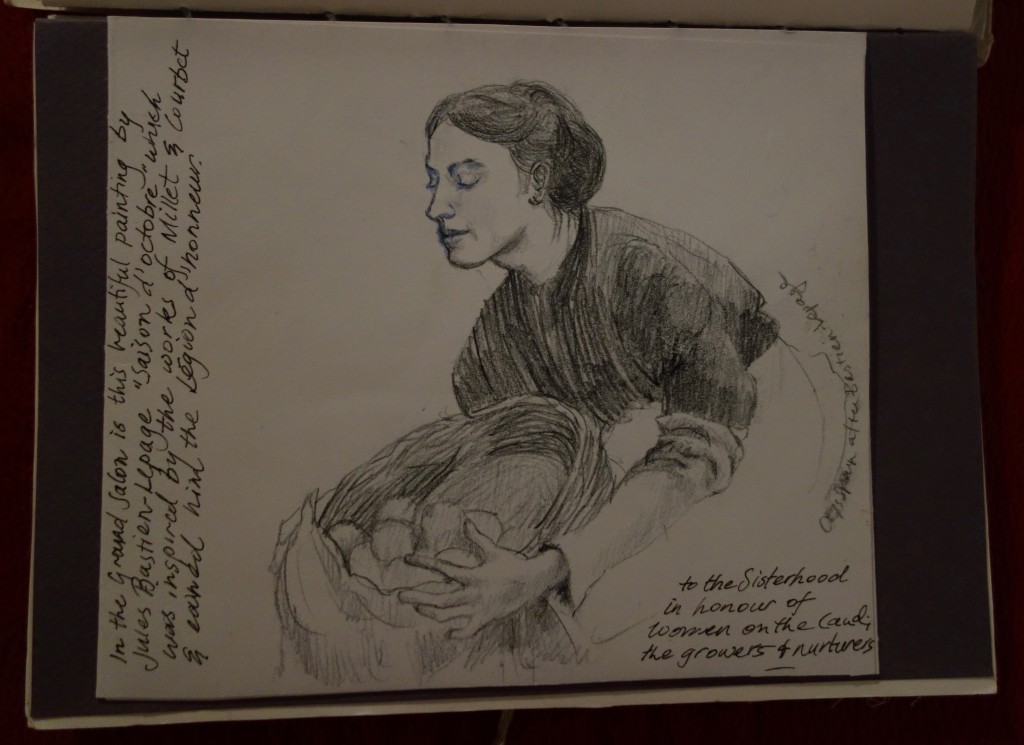

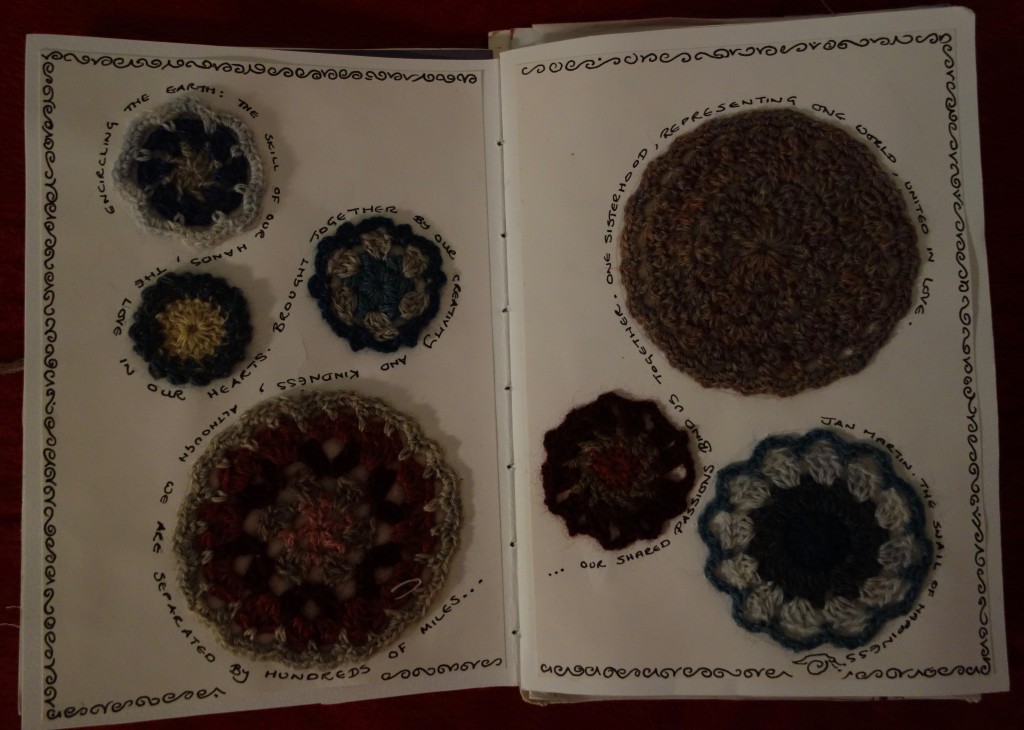
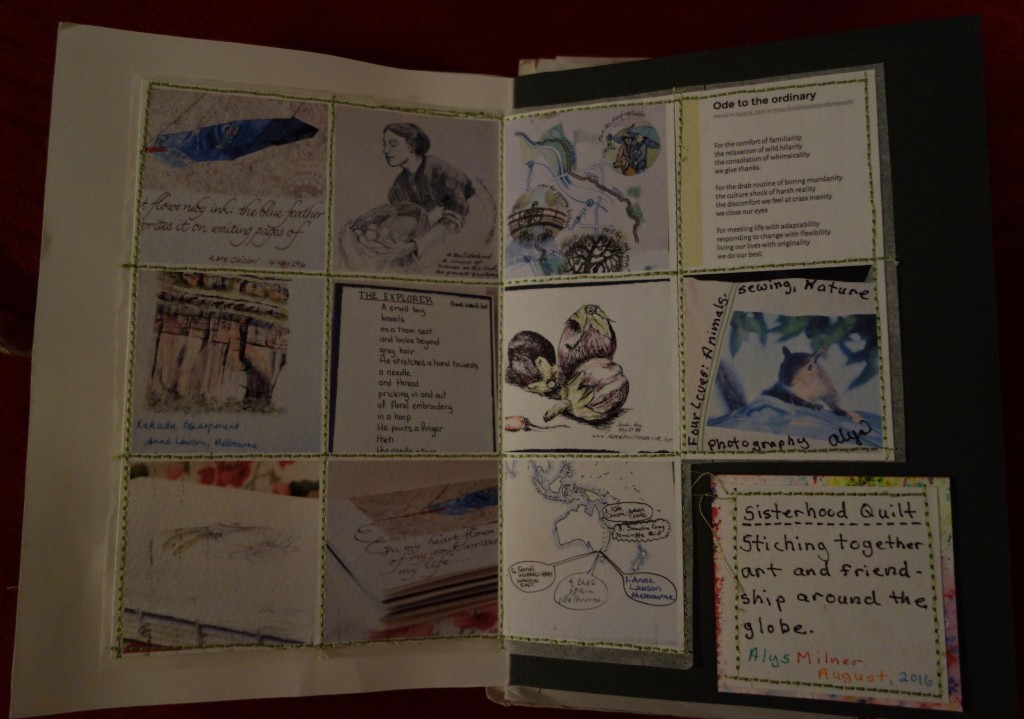
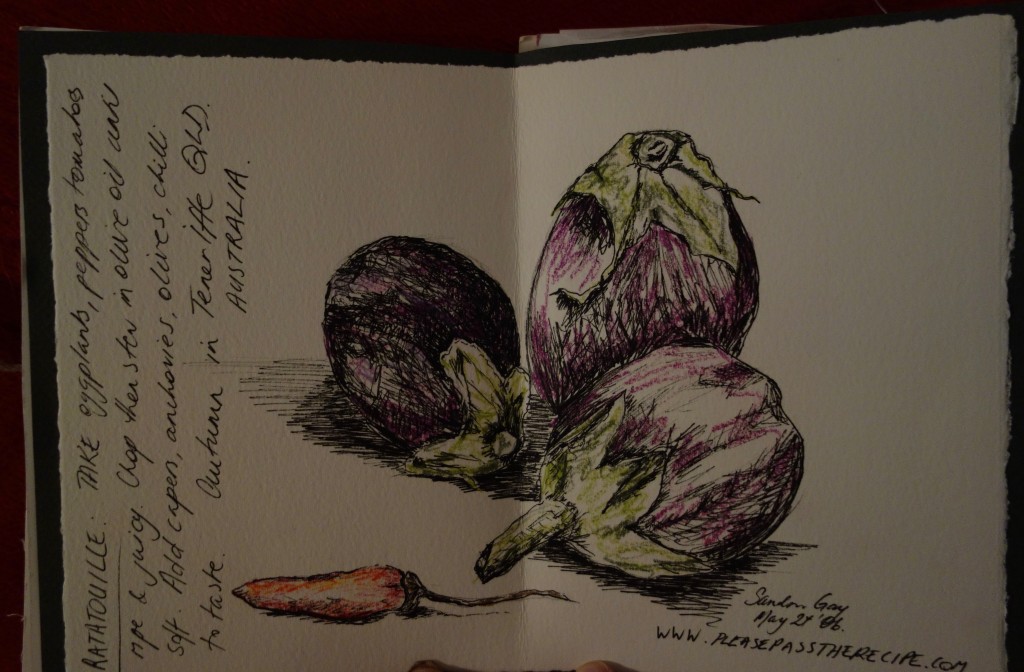
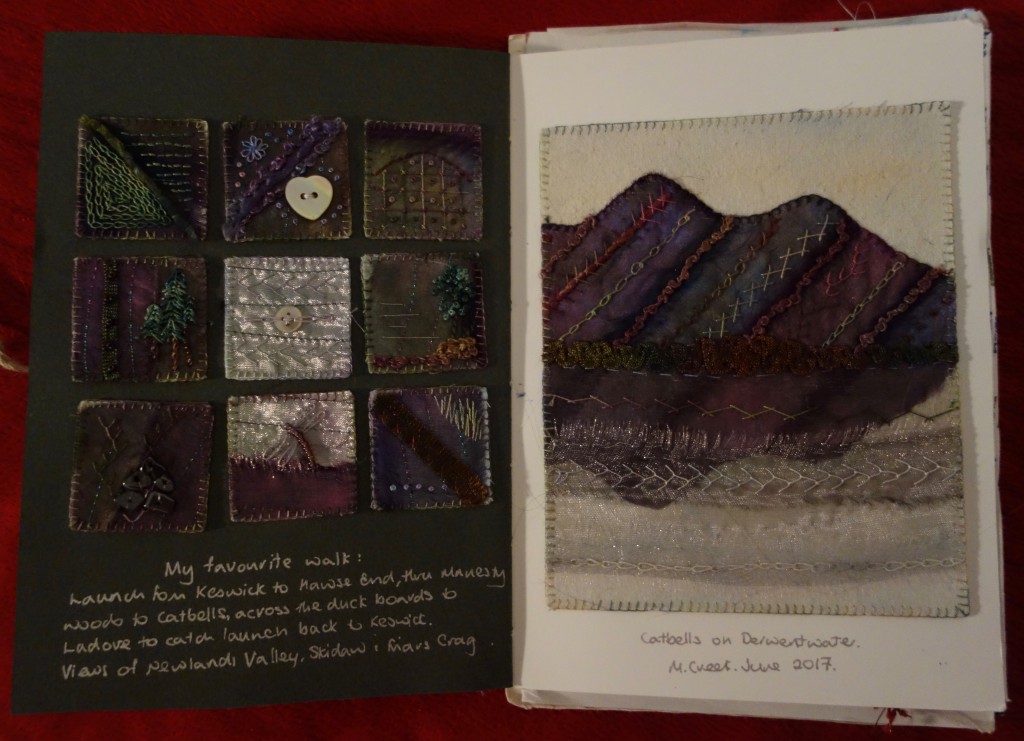
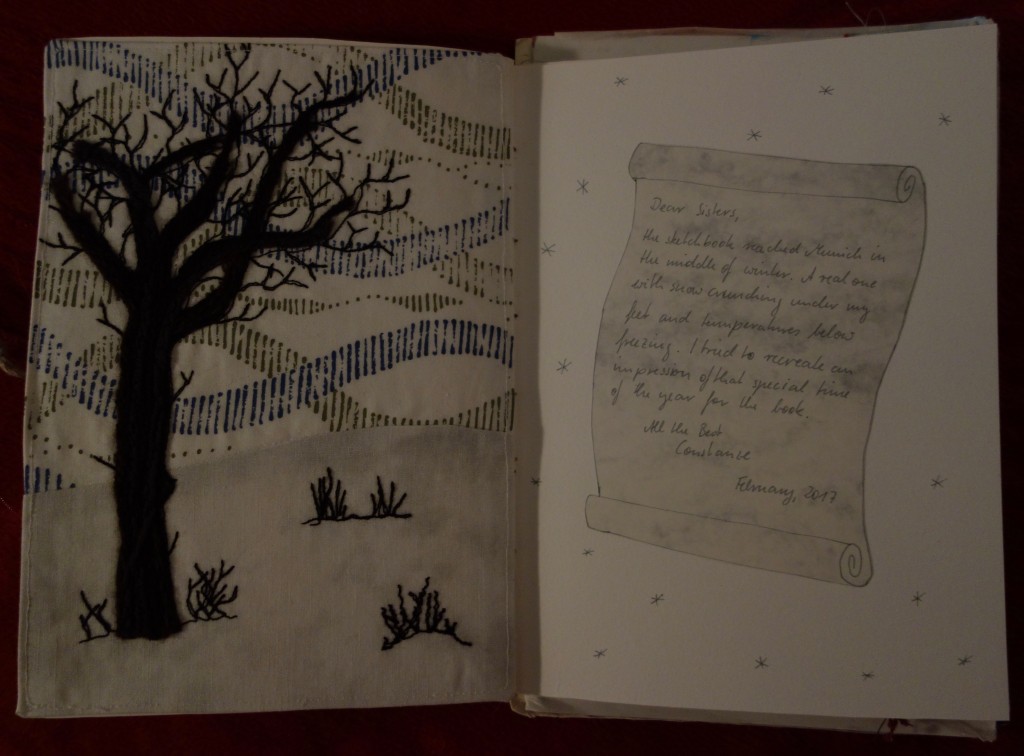
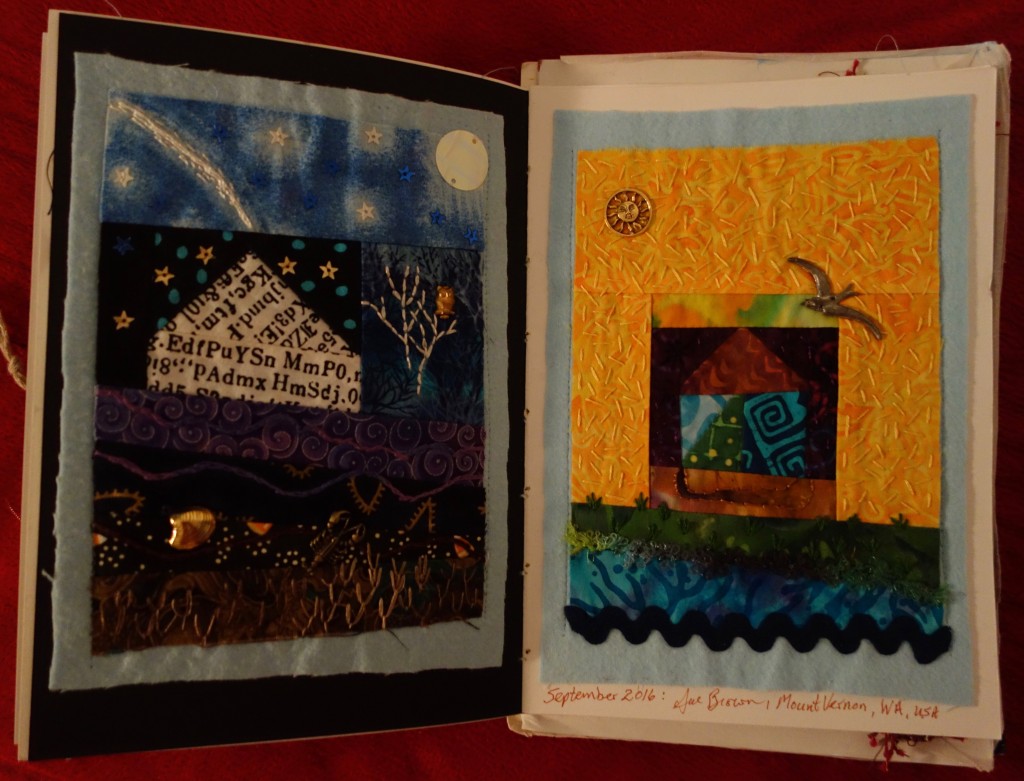
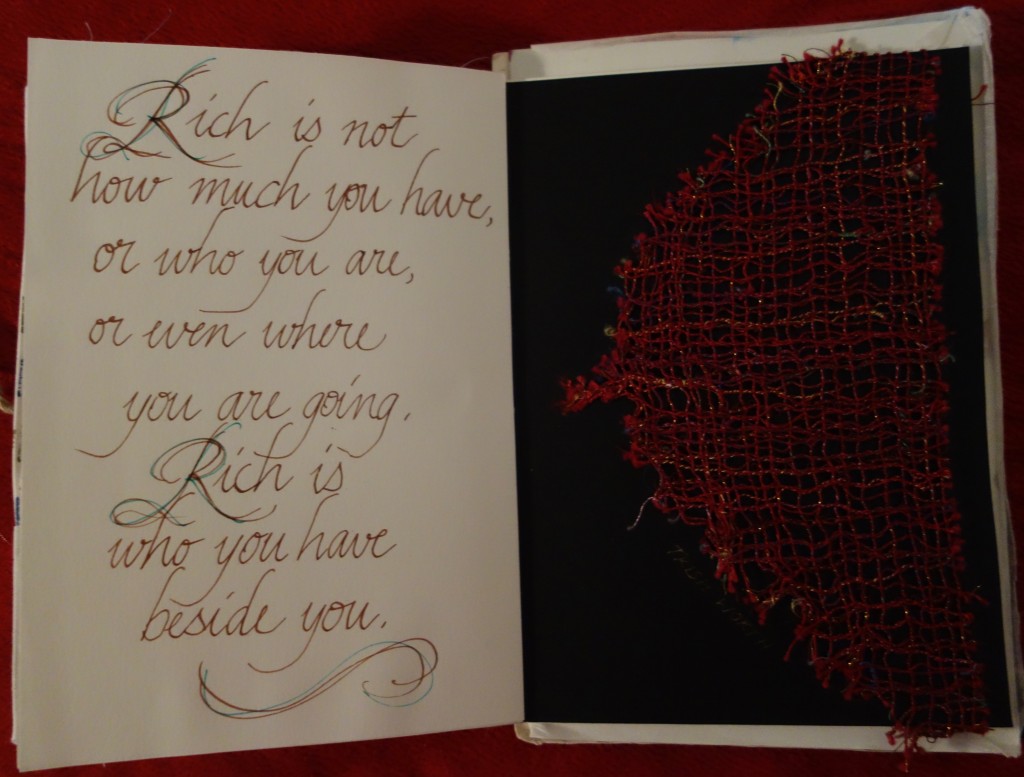
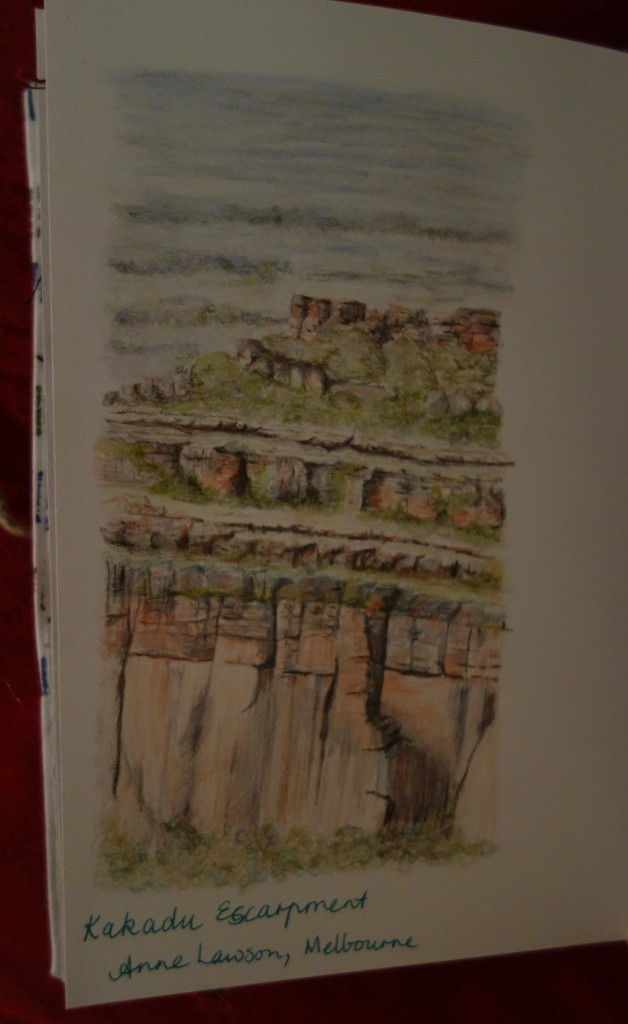
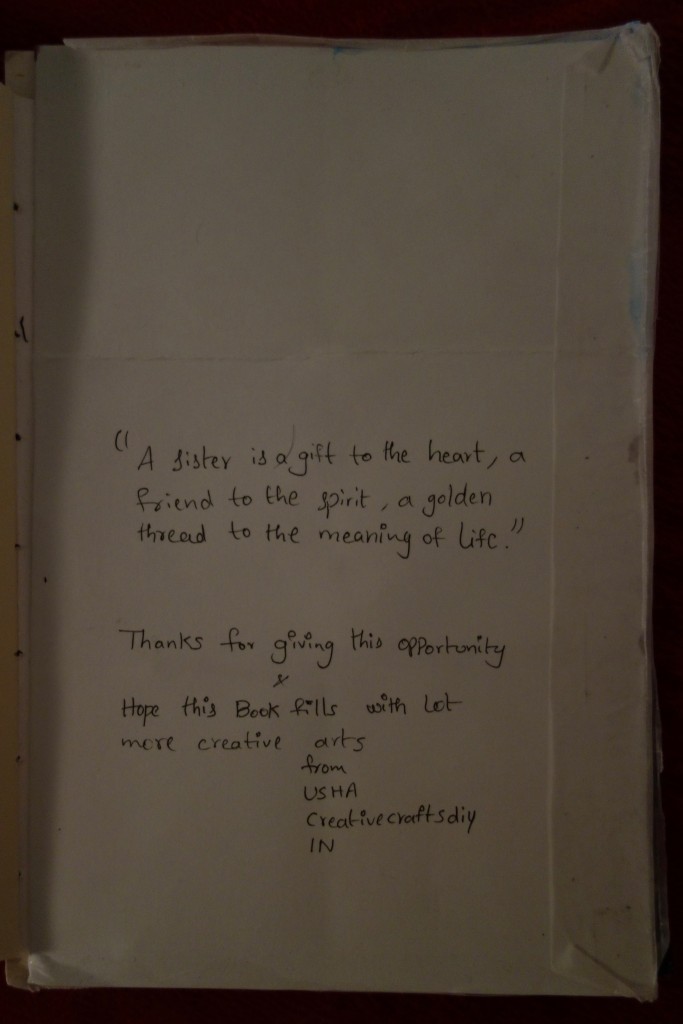
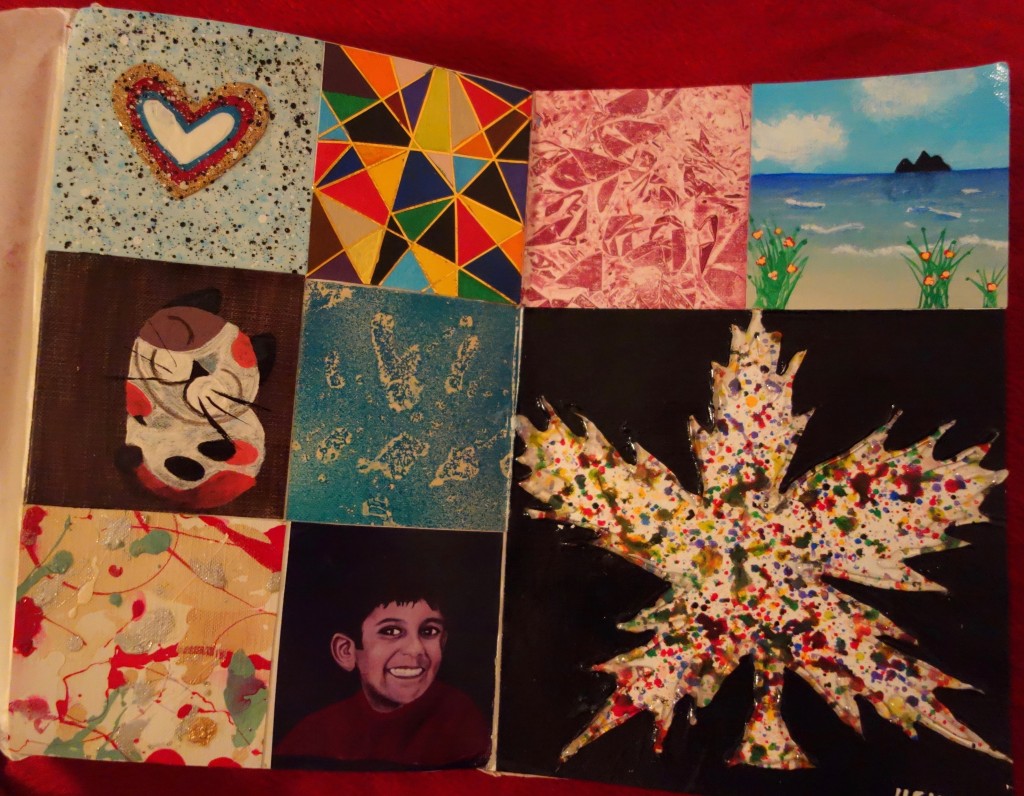
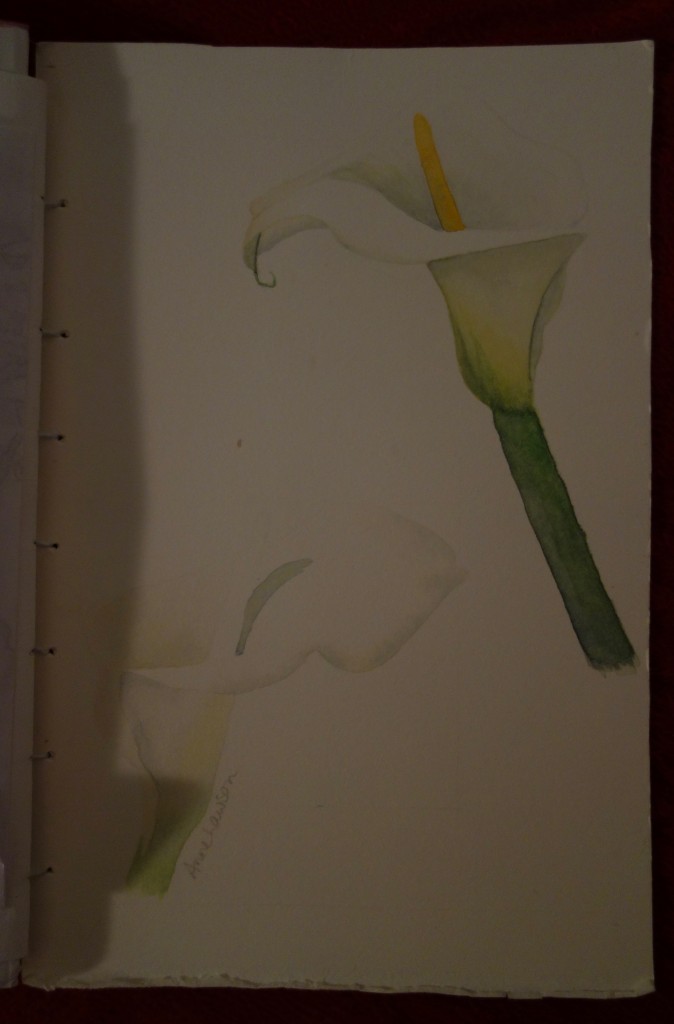
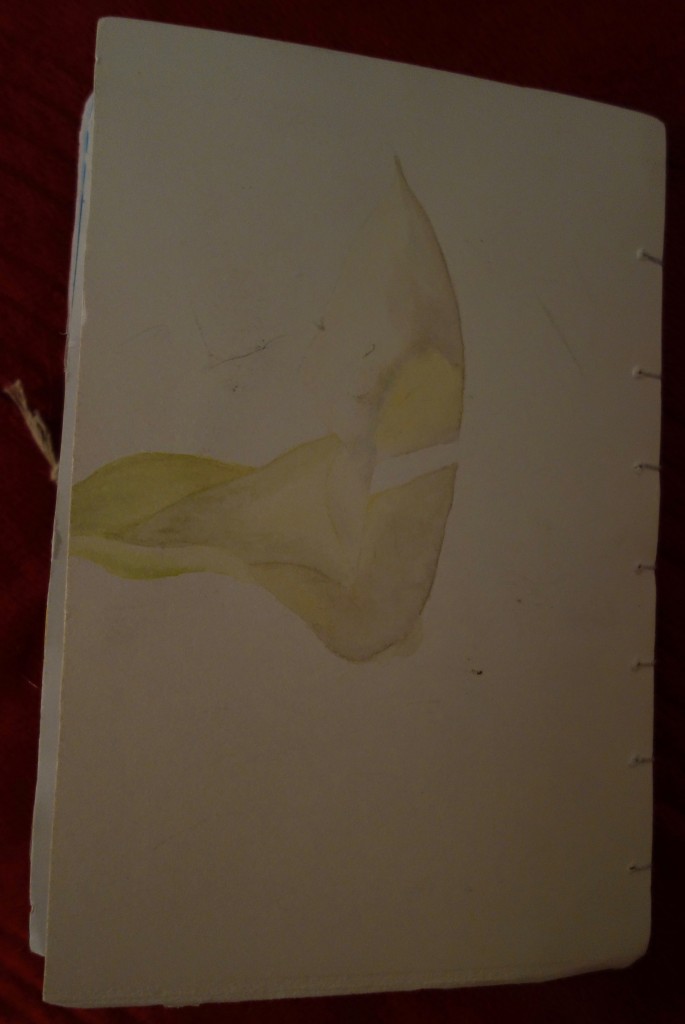
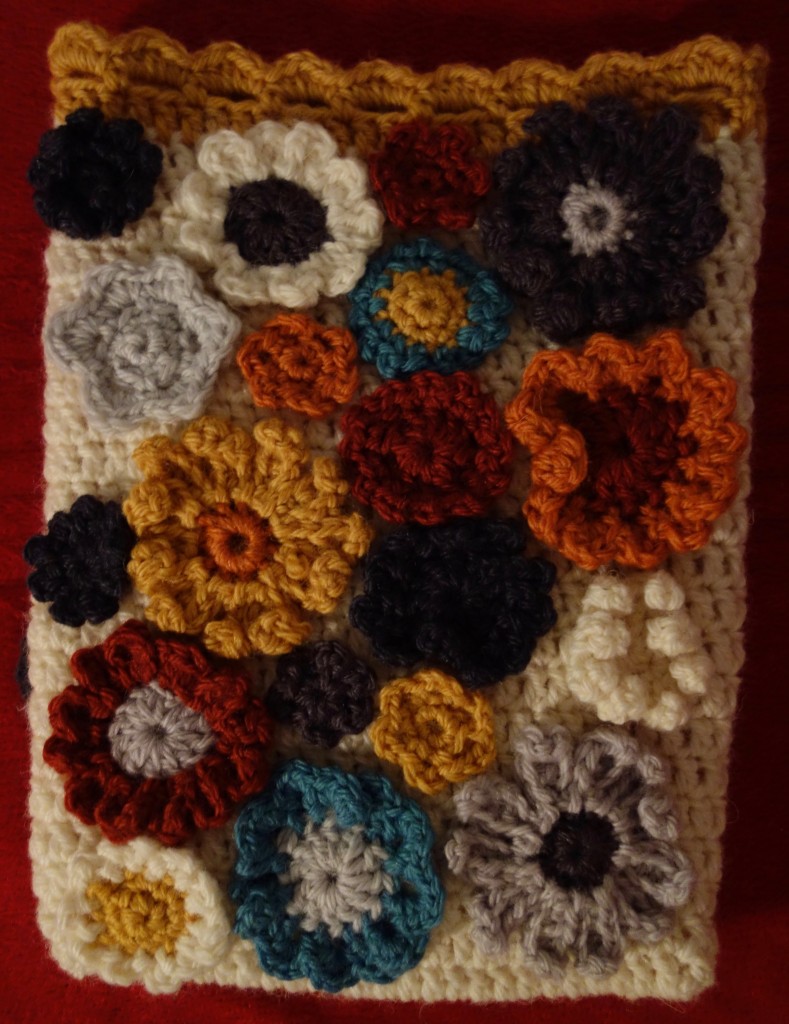
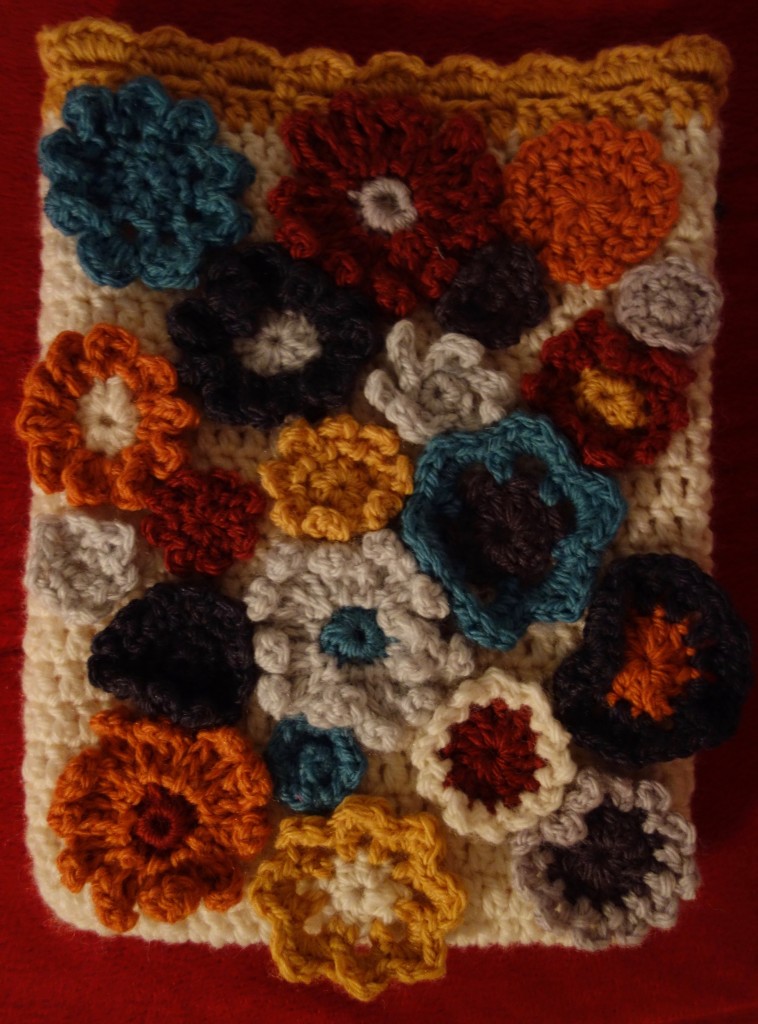
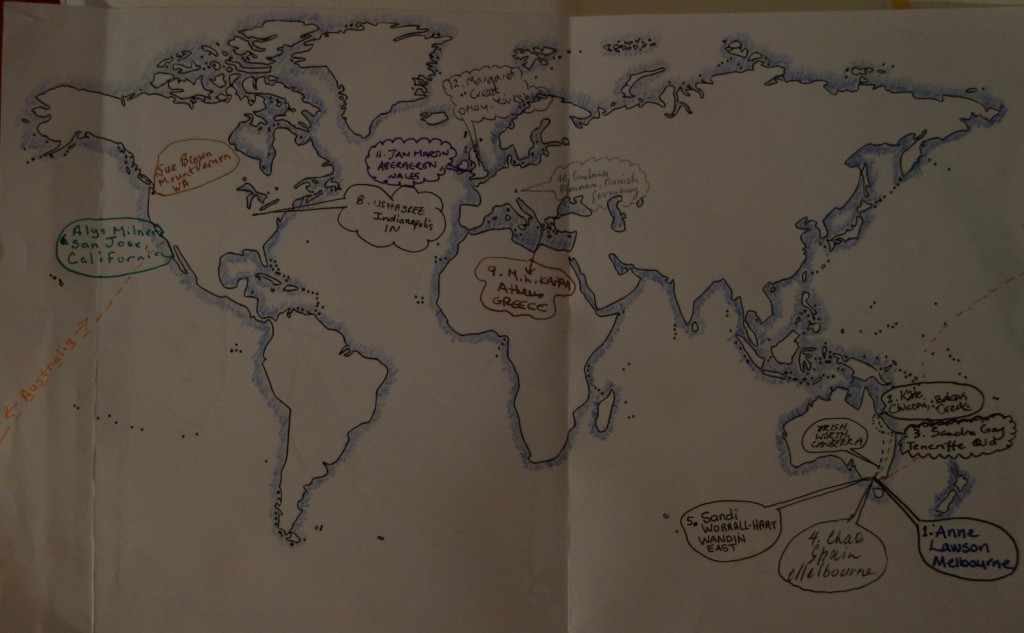
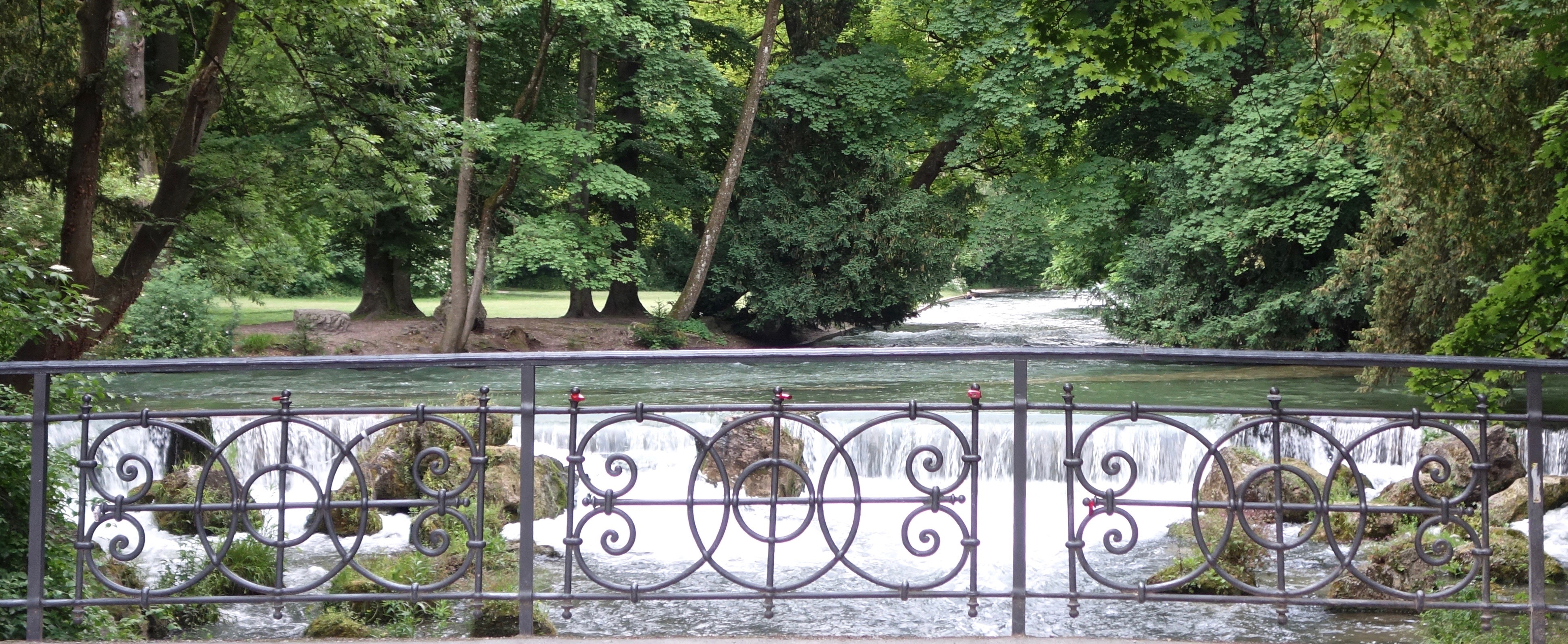


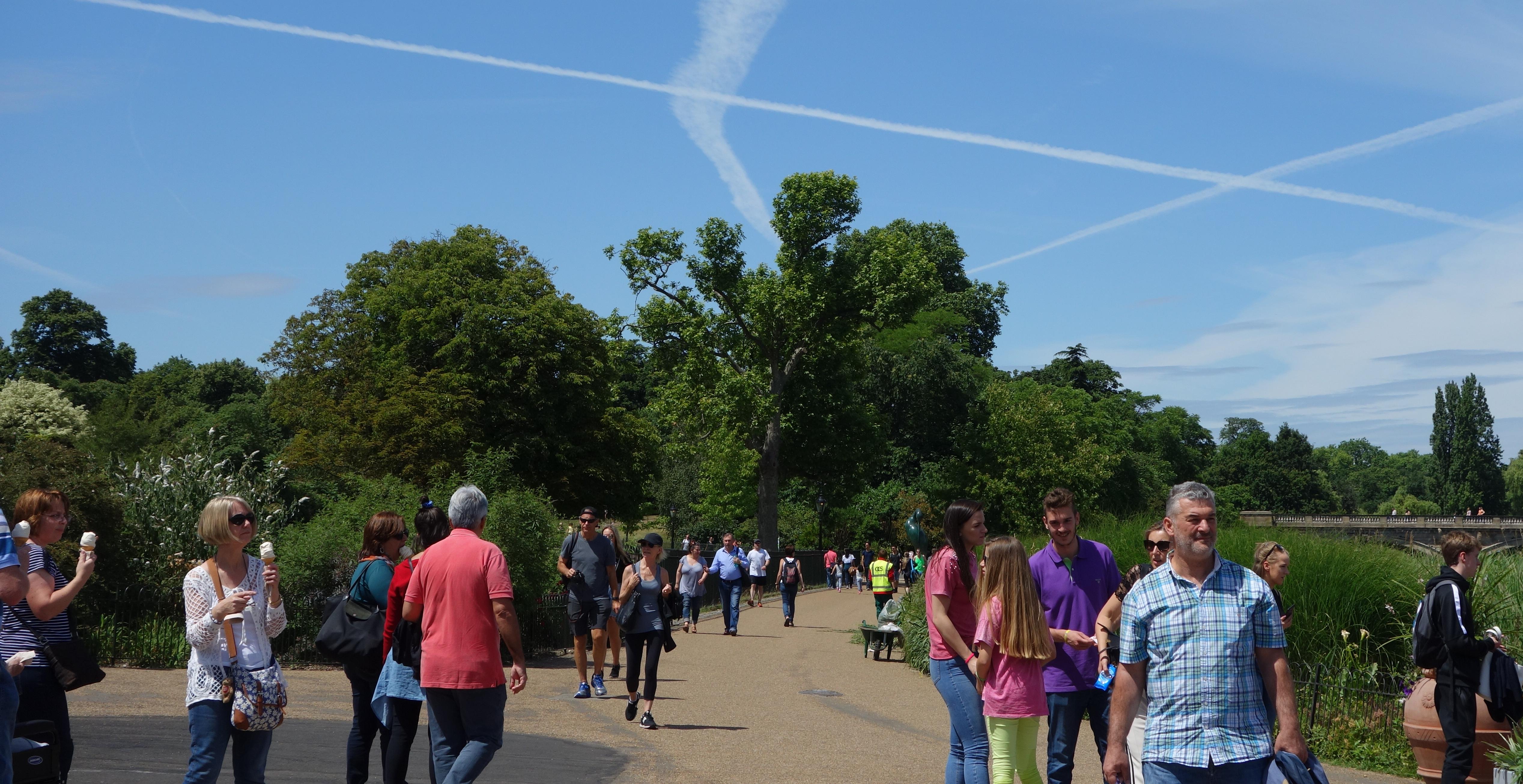
 The next day the sky is grey, rain falls on and off for hours, the ground is puddly in the least expected places, and canvas shoes let in water. The old dark brick 18th-century buildings of the former silk manufacturing area, Spitalfields, look worse without sunshine. But I’m sure they’re beauties inside now that the price tags are in the millions.
The next day the sky is grey, rain falls on and off for hours, the ground is puddly in the least expected places, and canvas shoes let in water. The old dark brick 18th-century buildings of the former silk manufacturing area, Spitalfields, look worse without sunshine. But I’m sure they’re beauties inside now that the price tags are in the millions. Thanks to
Thanks to 